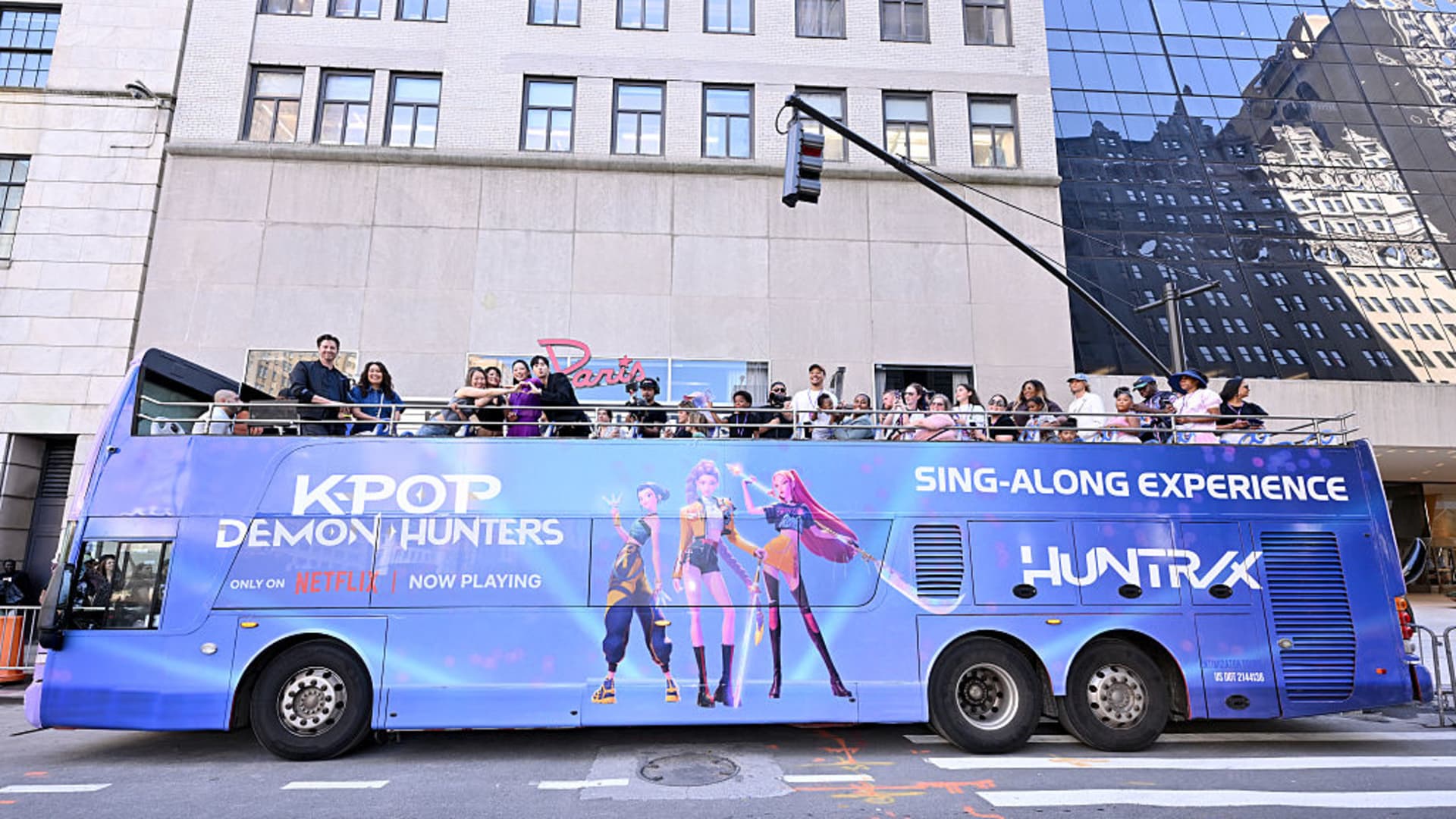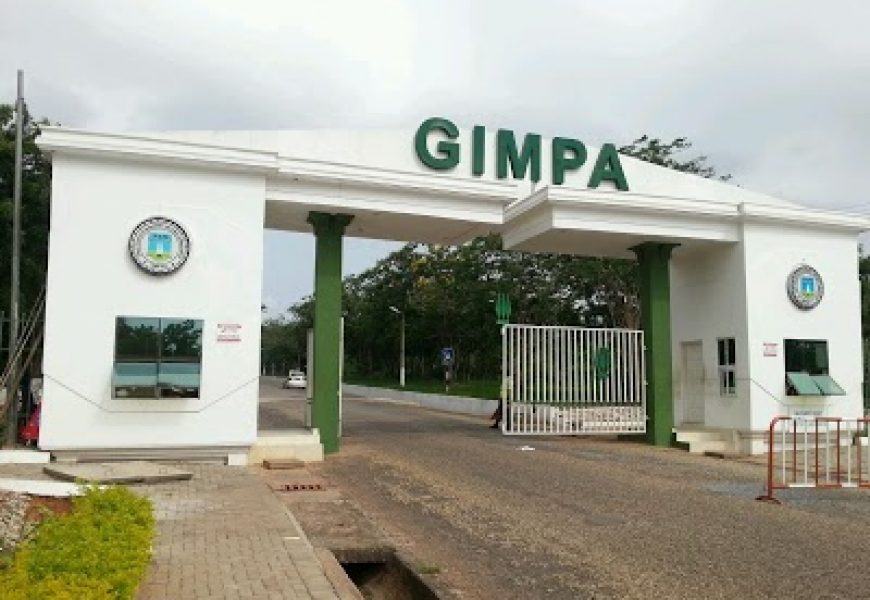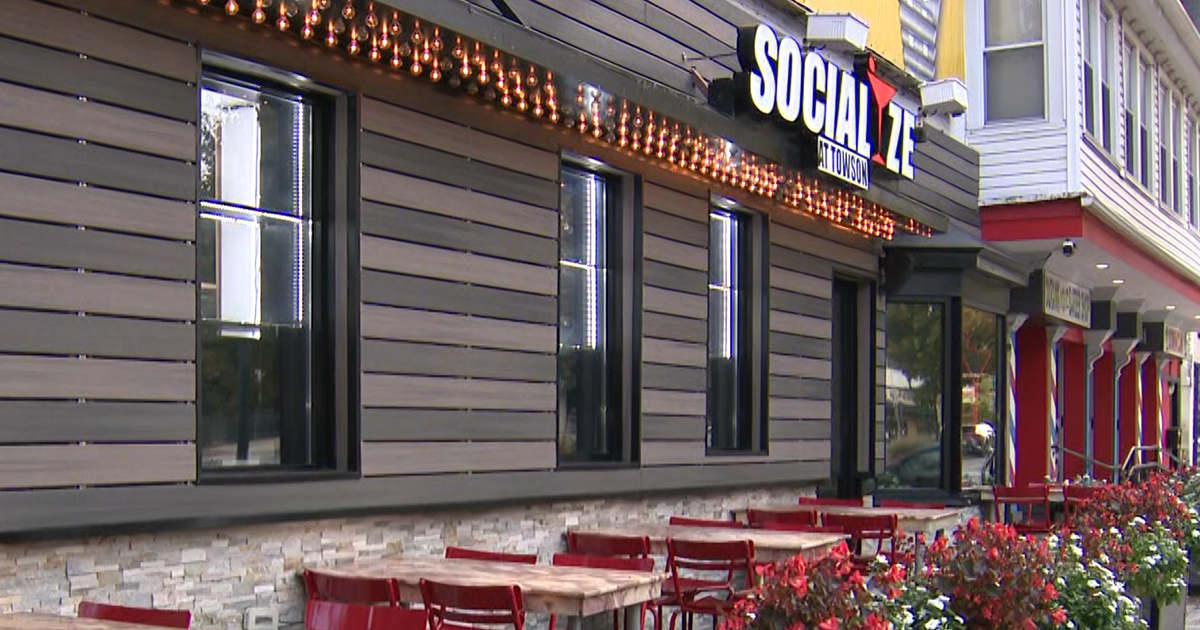Copyright The Associated Press

Long before she joined a major legal case for asbestos victims, Joyce Walder had a bold streak, according to her sister, Judith Hemphill. On a recent Monday in October, walking through the forests of northwest Montana, Hemphill recalled how she and Walder would put their ears to the railroad tracks to check for oncoming trains. If all was quiet, they’d dart across to explore the woods that surround the town of Libby, population just shy of 3,000. She remembered the way they’d dangle their legs over the edge of the swinging bridge bouncing perilously above the charging waters of the Kootenai River. That was the 1960s, before Libby became known as the site of one of the country’s worst public health contaminations. In the early 2000s, swaths of Hemphill and Walder’s hometown, including the baseball fields, the rail yard, and household gardens, were found to be heavily contaminated with asbestos. Decades of local vermiculite mining, packing and shipping had let loose dangerous asbestos fibers. Local and federal health officials have said that asbestos-related diseases and cancers arising from those industrial operations have killed hundreds of current and former residents and sickened thousands more. The toxicity led to the creation of a vast federal Superfund site in 2002. From 1999-2020, death rates from underlying asbestos conditions in Lincoln County, which includes Libby, were more than 10 times higher than in Montana’s most populated counties, according to data from the Centers for Disease Control and Prevention. Like many Libby residents, Walder spent years not knowing about the town’s toxicity. She moved to Idaho, and later California. She spent a stint working on a sailboat in the Bahamas, Hemphill recalled, chasing warm weather and life experiences that would have been hard to come by in her hometown. “Joyce couldn’t wait to shake the dust of this place off her,” Hemphill said while walking a path toward the Kootenai River, about a 10-minute drive west of town. But the consequences of Libby’s dust stayed with Walder for years to come, her lawyers say. She died of mesothelioma, a cancer often caused by asbestos exposure, in 2020, at the age of 66. On Tuesday in Portland, Oregon, a panel of three federal appeals court judges was scheduled to hear arguments over whether one of the companies involved in the industrial operation, BNSF Railway, can be held liable for the wrongful deaths of Walder and another mesothelioma victim, Thomas Wells. The case, filed in 2021, alleges that the Texas-based company operated a dusty, toxic rail yard site in downtown Libby that likely caused Walder and Wells’ illnesses. The lawsuit triggered a bellwether federal trial over whether the railroad company should be legally responsible for its part in Libby’s contamination. A federal jury in Helena in 2024 sided with the plaintiffs, directing BNSF to pay each estate $4 million in compensatory damages. Over a year later, the railroad, a subsidiary of Berkshire Hathaway since 2010, has yet to pay either family anything. Depending on the outcome of the appeal, it’s possible it never will. Attorneys for Walder and Wells, as well as their family members, say the case is about more than obtaining a payout for the estates of the two plaintiffs. More than 200 other cases involving other victims with similar claims against the railway are lined up in the state and federal court system, waiting to proceed until the legal questions raised in Walder and Wells’ case are settled. Montana state District Court Judge Amy Eddy oversees the state’s special court for asbestos claims, where many cases against BNSF are sitting. If the 9th U.S. Circuit Court of Appeals reverses the jury’s finding, she anticipates the railway would “move to dismiss all pending cases in the Asbestos Claims Court related to its activities in Libby during this period of time.” At the heart of the federal appeal, as in the previous 2024 jury trial, Eddy said, is the question of whether BNSF should be protected from liability by “common carrier immunity,” a federal regulation that shields railroad companies from lawsuits about the goods they transport, even if they are toxic. Part of that question stems from the company’s operations at its physical rail yard in downtown Libby. The federal jury, like state courts that have weighed in on the issue previously, found that the federal protections do not apply to all of BNSF’s actions, Eddy said. “Every court to consider the issue has found BNSF was not simply hauling asbestos out of Libby, but was instead working essentially as a business partner with W.R. Grace,” Eddy added. “Common carrier immunity does not shield BNSF from strict liability when working for its own purposes.” A spokesperson for BNSF declined an interview request from Montana Free Press about the pending appeal and did not respond to a list of questions about other lawsuits against the railway related to Libby’s asbestos contamination. Lung cancer and lawsuits Walder began exploring legal action with attorneys representing asbestos victims before she died, Hemphill said. Like many current and former Libby residents, Walder got regular screenings to check for illnesses related to asbestos exposure. At one of those check-ups years ago, Walder was diagnosed with asbestos-related disease, according to Hemphill. Walder, like many of her former neighbors who faced later diagnoses, reached out to local plaintiffs’ attorneys for representation. Those lawyers helped her apply for a payout from the bankruptcy trust established by W.R. Grace, the company behind the vermiculite mining operation, money that her attorneys say has not yet been delivered to Walder’s estate. A couple of states away, at the end of 2019, Thomas Wells received a doctor’s diagnosis he never wanted to hear. A Washington state resident who had spent two summers in the 1970s living in downtown Libby and working for the Forest Service in Montana, Wells had stayed active after he retired from a career of teaching. But, in his mid-60s, Wells began experiencing chest pains and trouble breathing, according to trial testimony provided by his two sons. A doctor told him he had mesothelioma — a fatal lung cancer. The disease, like other illnesses related to asbestos, can take decades to appear. Wells’ health declined rapidly. He also sought a payout from the W.R. Grace bankruptcy trust but didn’t receive anything before he died. Through further conversations, his lawyers learned that he had lived very close to the BNSF rail yard during his time in Libby — in a trailer that Thomas Wells said shook as trains went by and quickly filled with dust from the asbestos-tainted ground, kicked up by passing railcars. They realized that Wells’ exposure could have been linked to the rail yard. Wells died in March of 2020 at the age of 65, less than four months after his diagnosis. Two months later, Walder learned that she had developed mesothelioma and passed the information along to her attorneys, Hemphill recalled. Walder had also spent time living and playing near the downtown rail yard as a child. Her lawyers identified her as another plaintiff who could have been exposed by the site’s contamination. Walder’s health, too, spiraled quickly. Hemphill and other family members traveled to see her in California, visits that were painfully complicated by hospital restrictions during the ongoing pandemic. While she was in the hospital, well-wishes and notes poured in from the schools where Walder worked and from people who remembered her service in the Air Force, loading cargo. She died in October, less than six months after she was first diagnosed. After their deaths, Hemphill and Jackson Wells, one of Thomas Wells’ sons, signed onto a 2021 lawsuit against BNSF as representatives of their estates. Jackson Wells said his father had pursued the lawsuit, even as he was dying, to try to make change for other current and former residents of Libby. “It wasn’t about money at all. He felt a connection with Libby, even though he wasn’t there for that long,” Jackson Wells said, speaking in an October phone interview from his home in western Washington. “So whatever he could do to help out the community was what it was about for him.” The extent of ‘common carrier’ protections At the case’s 2024 jury trial, lawyers for the two estates sought to explain how tainted vermiculite product shipped by W.R. Grace contaminated BNSF’s rail yard, creating a wellspring of toxic asbestos fibers that blew around the community for years. Attorneys for the plaintiffs, as well as the judge, repeatedly told members of the jury that the case before them was strictly about BNSF’s conduct in Libby. The role of vermiculite mine owner W.R. Grace in the town’s environmental disaster was not to overshadow evidence about the rail yard, they said. The specialty chemical manufacturer, faced with thousands of lawsuits, declared bankruptcy in 2001 after facing thousands of asbestos-related lawsuits. The company, which emerged from bankruptcy roughly a decade ago, was valued at $7 billion in 2021. Again and again, attorneys for Wells and Walder returned to the rail yard location they wanted the jury to focus on. They described its proximity to the town’s baseball fields and homes. They showed a picture of a boy on a bicycle right next to the railroad tracks, a stone’s throw away from train cars. They brought in industrial hygiene experts to speak about how widespread the asbestos contamination was around the rail yard, displaying exhibits about the soil removal and containment that BNSF conducted as part of the Libby Superfund project. According to trial transcripts, lawyers for the Wells and Walder estates pointed to the downtown rail yard location as the reason why BNSF could not use federal “common carrier” law, which creates protections for the company’s transportation activities, to protect itself from liability. “We’re not suing them for driving the train. We’re suing them for the condition of their yard. We’re suing them for what’s left behind,” said Mark Lanier, one of the attorneys who tried the case, during his closing arguments to the jury. In their trial arguments, attorneys for BNSF stressed that the company did not know about the toxicity of asbestos at the time it was transporting vermiculite. The two sides debated the issue exhaustively, arguing over archival letters, reports and train car labels that showed a growing awareness about asbestos toxicity among national mining and shipping figures. Witnesses for the plaintiffs testified that W.R. Grace began labeling some train cars with warning labels about asbestos toxicity in 1977. The railway presented testimony from other former BNSF workers who said they hadn’t seen such warnings. Attorneys for BNSF ultimately cast the exhibit as inconclusive, saying that any “labels” were not the same as federally required “placards” that W.R. Grace would have needed to officially notify BNSF that the vermiculite was hazardous. More than any other argument, BNSF’s representatives repeatedly returned to a core defense. The railroad company, they said, was obligated to transport the vermiculite products produced by W.R. Grace. Under federal common carrier laws, attorneys argued that the railway could not be held liable for contamination created by the entity that decided to ship the product. After the two-week trial, jury members found that the railroad’s contamination of its rail yard was a “substantial factor” in the deaths of the plaintiffs, awarding each estate $4 million. Its handling of the tainted vermiculite, the jury said, was “outside its duties as a common carrier.” But the jury sided with BNSF on several other legal questions. Members did not agree that BNSF had acted negligently, based on the evidence presented. The jury also did not find that the company “had knowledge of facts or intentionally disregarded facts” that contributed to Walder and Wells’ deaths. Those findings led to the jury not awarding the plaintiffs any punitive damages. Preparing the appeal In the lead-up to Tuesday’s oral arguments, BNSF has doubled down on its stance that federal common carrier laws protect it from the plaintiffs’ allegations of harm. Attorneys for the railroad have said that if the appeals court allows the verdict to stand, courts would be permitting plaintiffs to tread on federal regulations governing railroad activities. The plaintiffs cannot tell the railroad “how to manage its rail operations or activities in the rail yard,” BNSF attorneys argued in a July legal brief. “But this is precisely what plaintiffs are seeking to do here.” The railroad has not directly challenged the link between asbestos exposure and the plaintiffs’ diagnoses of mesothelioma. But attorneys have suggested in legal filings that the contamination could have come from elsewhere, noting the widespread intentional usage of the vermiculite, an absorbent material that locals used on baseball fields and in their home gardens before they knew it was toxic. In filings, the railroad has also maintained that it had no knowledge of just how toxic asbestos was at the time. That fact, attorneys say, was a secret closely guarded by W.R. Grace. The appellate court’s decision to affirm or reverse any part of the 2024 verdict will likely not be released for several months following Tuesday’s oral arguments. Lawyers for the plaintiffs acknowledge that if the court finds that the railway is not liable in this context, the $8 million award from the previous jury verdict could become nothing. In mid-October, a few weeks before the scheduled court appearance, the town of Libby bore many links to its challenging past. Train horns blared throughout the day as cargo loads rolled over the same railroad tracks that once carried contaminated vermiculite. A memorial to asbestos victims could be seen at a riverside park. Blocks away, a health care clinic that screens for asbestos-related diseases has reopened at a new location as it tries to survive the financial fallout of a 2021 fraud lawsuit successfully brought by BNSF Railway — a case that clinic’s leader said was an attempt to prevent it from helping injured residents. Standing on the edge of one swath of wilderness she and Walder once explored, Hemphill said that she does not anticipate a resolution anytime soon — perhaps not before her and other older family members die. “If there’s any money, it won’t be in our lifetime,” Hemphill said. She chalked the delay up to “corporate America’s” legal tactics. In an October interview, Jackson Wells said he doesn’t think about the case often, and tries not to fixate on the next step in a legal process that feels “a little overwhelming.” He plans to attend Tuesday’s oral arguments in Portland, a few hours’ drive south of his home. More often, the 37-year-old said, he thinks about his dad, dead for five years now. Those thoughts and memories come to mind, he said, “pretty much every day.” ___



